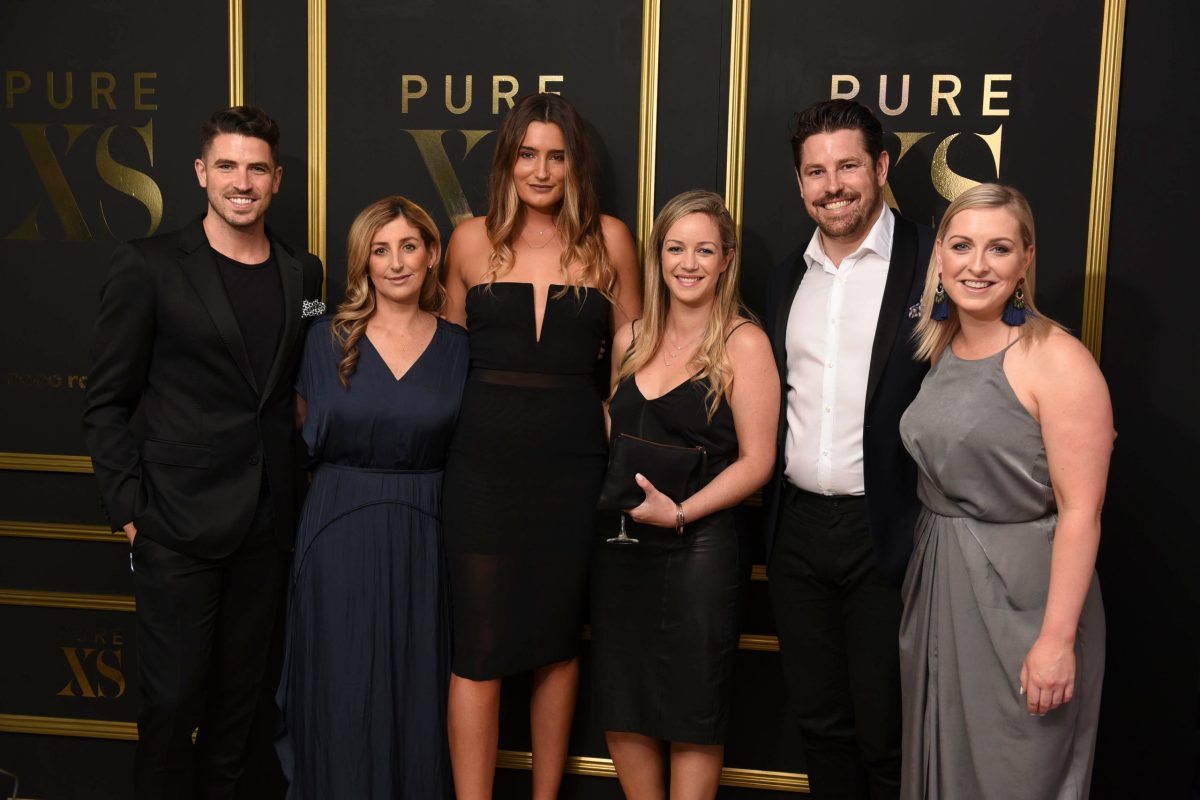Puig’s greatest strength is its legendary ability to translate the image of an iconic brand into the fragrance and beauty categories through such worldwide smash hits as Paco Rabanne 1 Million and Jean Paul Gaultier Classique. The sixth largest player in the global fragrance market, the fast-growing Barcelona-based company also scored one of the most talked-about beauty licenses of 2018 in March. A longterm agreement with French luxury brand, Christian Louboutin.
Over the past three years, Puig has acquired the renowned niche fragrance brands, Penhaligon’s and L’Artisan Parfumeur, to add to its stellar stable of licensed and owned fragrance brands, including Paco Rabanne, Jean Paul Gaultier, Carolina Herrera, Nina Ricci, Prada and Valentino. Established brands are only part of the success story, though. Puig is still family owned after 103 years in business and its longterm view is on track to drive worldwide sales to exceed the 2 billion euro (AUD$3.13 billion) mark by the end of this year.
Puig aims to significantly speed up growth in the region
Puig’s tentpole name brands are sold in 150 countries and the company has been dubbed the ‘Richemont of Spain’, after the Swiss-based conglomerate ranked as the world’s second largest luxury goods group. In April 2017 the company boosted the distribution of its prestige and premium brands in Australia and New Zealand through a strategic partnership with Trimex, wholly-owned by Groupe Clarins. Trimex is one of Australia’s largest prestige distributors providing logistic and commercial services including a very powerful sales and VM team to Puig whilst Puig manage all brand marketing related activities with the view to increase investments behind the brands and significantly increase growth in the region. The landmark agreement is similar to the Puig-Clarins deal inaugurated in North America in 2013 to springboard further growth in the US and Canada. According to Marc Puig, Chairman and CEO of Puig: “We are glad to enter into a new strategic partnership with Groupe Clarins. The complementarity of our businesses has proven to be an asset in other geographies and we look forward to replicating this success in Australia and New Zealand”.
Global Strategies and Industry Recognition
The global fragrance market is expected to reach US$70 billion by 2022, according to a recent report by Fact.MR. Fine fragrances and niche brands are tipped to be two of the biggest growth drivers and Puig’s portfolio is strong in both sectors. In addition to the buyouts of Penhaligon’s and L’Artisan Parfumeur, Puig also recently acquired minority stakes in EB Florals, a US niche fragrance brand, and Granado, a pioneer of high quality natural personal care products in Brazil, to give the company greater reach in one of the biggest beauty markets in the world. Founded in 1914 by Antonio Puig, creator of Agua Lavanda, the perennial classic splash for men, the company celebrated its 100th anniversary by moving to a soaring corporate tower on the outskirts of Barcelona designed by Spanish star architect, Rafael Moneo. Still owned and managed by the third generation of the Puig family, CEO Marc Puig was inducted into the US Fragrance Foundation Hall of Fame in 2017. A tribute to his groundbreaking 13-year stint in the top job. Under his leadership, the company re-charged its batteries and continues its track record of successful launches and timely acquisitions.
Brand Building Force/ Compelling Storytelling
Few examples illustrate the company’s commitment to staying on-trend than the launch of Paco Rabanne 1 Million. Puig’s most successful launch to date, the blockbuster men’s juice in the gold ingot-shaped flacon sold 28 million bottles within the first five years of its launch in 2008. The fragrance also went out on a limb by using rose as the middle note – an ingredient usually off-limits for a men’s fragrance. Puig’s focus on high class fashion and prestige fragrances and the synergy between the two is also evident in more recent releases such as Good Girl by Carolina Herrera, the Portraits collection from Penhaligon’s and Invictus, another global bestseller from Paco Pabanne. Puig has kept up the momentum with its star brand with lastyear’s launch aimed at Millennial males – Paco Rabanne Pure XS – a fresh oriental spiked with myrrh, ginger and vanilla. Compelling storytelling is a hallmark of Puig’s overall approach. Prada has also shown consistent growth, including the launch of the Italian fashion house’s first master brand for men and women – L’Homme and La Femme by Prada.
Puig already owned the fashion division of Jean Paul Gaultier when it took over the French designer’s fragrance division from Shiseido-owned BPI in 2016. One of the major launches in the global fragrance category last year was Jean Paul Gaultier Scandal – a third pillar to boost the eternal appeal of the brand’s global bestsellers, Classique and Le Male. A modernisation of a contemporary chypre, Scandal’s racy ad campaign rubberstamps Gaultier’s subversive image. Whether Puig has been involved with a brand for 50 years like Paco Rabanne, more than 20 years with Carolina Herrera or more recently with Penhaligon’s, the company has stayed at the top of the fragrance game by embracing change. The most radical shift the fragrance industry has ever faced is the digital revolution. Fragrance is invisible so backstories and brand building are more important than ever for Puig fragrances going forward. But so is the company’s willingness to take risks, commitment to quality, intense pride in its heritage and its ability to attract customers to try new products in whatever retail channel they choose from travel retail through department stores or online.

